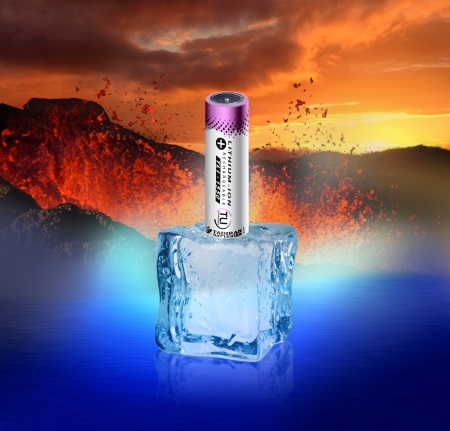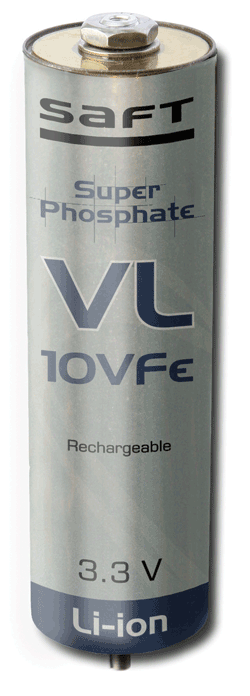The development of new battery technologies continues at a dizzying pace as manufacturers try to keep up with the ever increasing use and need for longer-lasting, higher-energy, and smaller units. Read what our experts have to say about what they see happening in the world of batteries.
Sol Jacobs, Vice President and General Manager at Tadiran Batteries , says that demand is growing for energy harvesting devices that use low-power communications protocols such as ZigBee, Green Power, Bluetooth LE, and 6LowPan, which typically operate with peak power demand ranging from 10 μW to 100 mW.
Energy-harvesting devices require rechargeable lithium batteries to store the harvested energy. Consumer-grade rechargeable lithium-ion batteries work well for certain applications, but are not well suited for remote applications with extreme environmental conditions, as standard rechargeable cells have performance limitations, including short operating life (maximum 5 years), low maximum cycle life (1,000 cycles), high annual self-discharge (up to 60% per year), and limited temperature range (0º to 60ºC) with no possibility of charging at low and high temperatures.
To address the challenges presented by extreme environments, Tadiran recently introduced TLI Series batteries that use the same technology found in its patented hybrid layer capacitor (HLC), which stores the high pulses required for advanced wireless communications and has been field-proven in millions of cells. TLI Series batteries modify this technology to deliver reliable, long-term performance under extreme environmental conditions.

Tadiran TLI Series batteries offer the ability to deliver high current pulses (up to 15 A for AA cell), low annual self-discharge rate (less than 5%), up to 5,000 full cycles, 20 years operating life, -40° to +85°C operating temperature, with storage up to 90°C, charging possible from -40° to +85°C, and a glass-to-metal seal (others use crimped seals that may leak). TLI series batteries come in AA and AAA diameters as well as custom battery packs. www.tadiranbat.com
Kamen Nechev, Chief Technology Officer for Saft , observed that Li-ion remains at the forefront of near- and long-term battery trends and will continue to evolve and offer more choices. Emerging in 1991, Li-ion quickly conquered the consumer electronics world due to its greater energy supply. Since then, Li-ion became the only choice for laptops and cellphones and enabled the boom in all portable electronics devices. The growth in the manufacturing volume of Li-ion technology has made it more affordable than ever and generated a mature supply chain, enabling Li-ion to expand to serve larger industrial applications. While still on the rise, the electronic vehicle market has tapped into Li-ion as its energy storage technology of choice. Similarly, Li-ion-based energy storage solutions are also helping to address challenges presented by the introduction of more renewable energy sources, like wind and solar, to the electric grid.
LCO and NMC chemistries
As a result of this demand, we’ll continue to see Li-ion technology progress. Today, manufacturers produce various Li-ion chemistries in different cell, module and system configurations. Traditional portable electronics demand more energy packed into thinner packages, which is achieved by cobalt-based lithium ion (LCO) and nickel cobalt manganese (NCM) chemistries with a push to higher cell voltages for maximizing energy. However, large industrial applications require long life reliability and system level safety. Nickel-based cathodes, like nickel cobalt aluminum (NCA) and NCM are fulfilling the need in HEVs, EVs, and storage. Other applications use Li-ion iron phosphate for its stable impedance and improved cell safety. Li-ion in large batteries has brought the need for adequate systems managing both battery performance and safety.

Saft’s VL 30P Fe cell is ideally suited for applications requiring high-discharge, continuous, or pulse power; fast recharge; low temperature performance; long cycle and calendar life; low heat generation; and/or higher levels of safety. www.saftbatteries.com
Advertisement





